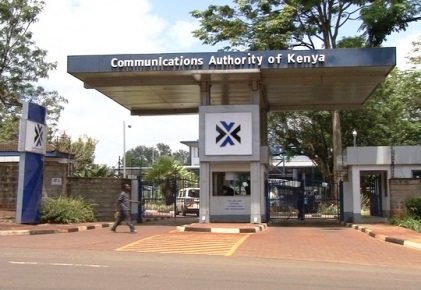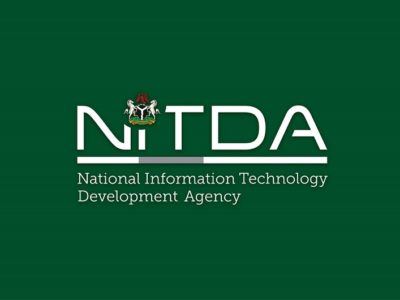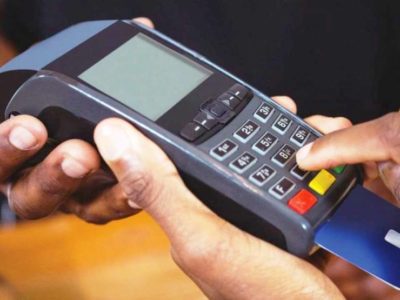Kenya’s Communications Authority (CA) has proposed a sharp increase in licensing fees for satellite Internet Service Providers (ISPs), raising concerns about the future of connectivity and digital inclusion in the country.
RELATED: Starlink’s 97% price hike stirs tensions among Nigerian ISPs, triggers calls for regulatory review
The CA’s new framework recommends raising the 15-year licensing fee for satellite ISPs from USD 12,302 (KSH 1.58 million) to USD 115,331 (KSH 14.8 million) and introducing an annual levy of 0.4% of gross turnover. While the aim is to regulate the growing satellite ISP market and create a fairer playing field, industry analysts warn the changes could stifle innovation, reduce competition, and further disadvantage underserved regions.
Impact on Smaller ISPs and Underserved Regions
Smaller ISPs, such as Viasat and NTvsat, which together serve fewer than 1,000 users, are likely to struggle with the proposed financial burden. Analysts caution that these changes could slow the deployment of high-speed Internet in Kenya’s most remote regions.
“Smaller providers are critical to Kenya’s connectivity ecosystem, especially in rural and underserved areas. These fees could force them out of the market, limiting options for consumers and hindering efforts to bridge the digital divide,” an industry expert commented.
With demand for high-speed Internet surging across Kenya, satellite ISPs have become essential in areas where traditional fiber or mobile networks are unavailable. The proposed fee hike risks making satellite Internet unaffordable for many rural households, as providers would likely pass the increased costs to consumers.
Broader Scope for Satellite ISPs
Amid the fee adjustments, the CA’s proposal also broadens the scope of operations for satellite ISPs. If implemented, satellite providers could expand into terrestrial cable operations, telemetry systems, tracking facilities, and even space research.
This expansion could open doors for companies like Starlink, owned by Elon Musk’s SpaceX, to establish ground stations in Kenya. Starlink’s efforts to build ground stations have faced regulatory hurdles in the past, but the new guidelines may ease this process.
Since its entry into the Kenyan market in June 2023, Starlink has made significant strides, growing its user base to over 8,500 subscribers by providing high-speed Internet to areas beyond the reach of traditional infrastructure.
Increased Costs and Market Barriers
The proposed fee increase signals stricter government control over the satellite Internet sector, creating higher barriers to entry for new players. While large operators like Starlink may absorb the financial impact, smaller providers risk being edged out, further reducing competition.
The effects of these changes could also trickle down to consumers, leading to higher Internet costs in rural areas where affordability is already a challenge.
Balancing Regulation and Connectivity Goals
Kenya’s government faces the delicate task of balancing regulatory needs with the country’s digital transformation goals. Striking the right balance will be crucial to ensuring the satellite Internet sector continues to thrive while remaining accessible and affordable for underserved populations.
“The success of Kenya’s digital inclusion efforts depends on policies that promote competition and encourage innovation while addressing operational challenges in the industry,” an analyst noted.





























